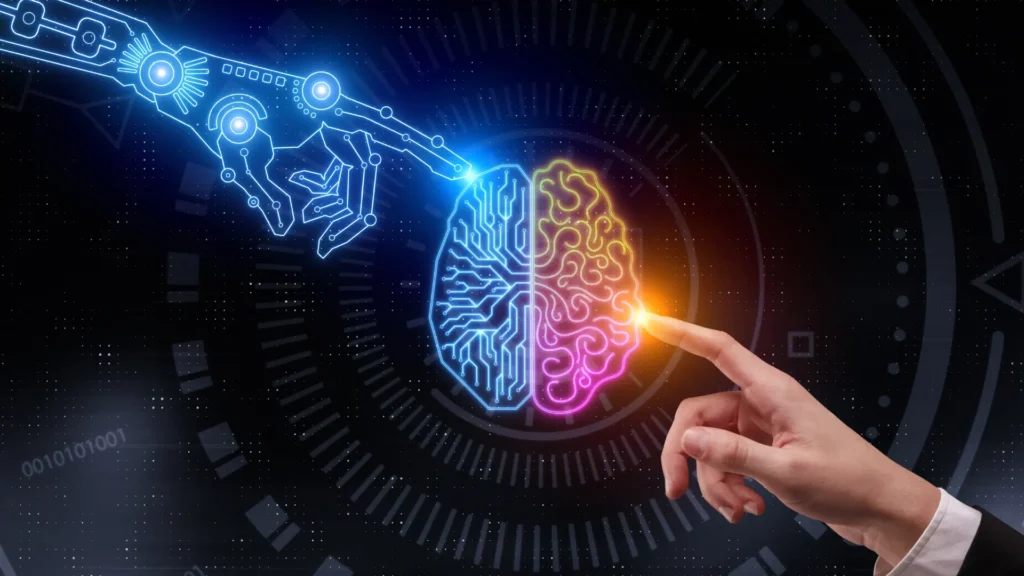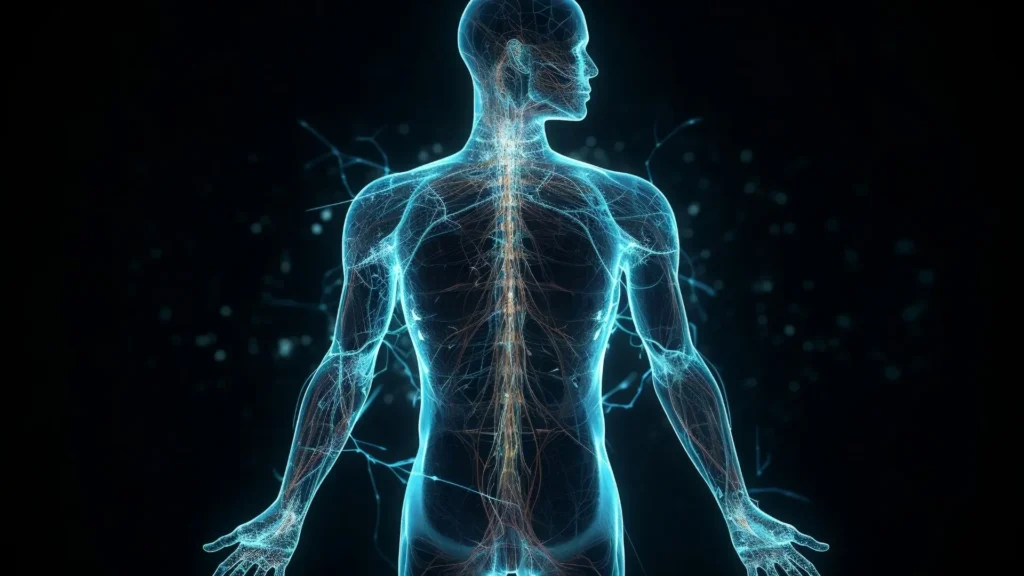The subconscious mind is the vast and powerful part of your mind that operates below the level of your conscious awareness. It functions as an incredibly efficient autopilot system, managing the majority of your bodily functions, learned behaviors, and automatic emotional responses without any need for your active attention. Acknowledging its role is the first step toward making any lasting personal change.
Definition: The Mind’s Autopilot System
The subconscious mind can be defined as the collection of all mental processes that occur automatically and are not available to our immediate introspection. It is a massive database of everything you have ever experienced, and it uses this data to run the automatic programs that govern your life. Its primary directive is to ensure your survival and to operate as efficiently as possible by turning repeated actions and thoughts into automatic habits.
The Iceberg Model: Conscious vs. Subconscious
A common and effective analogy for the mind is that of an iceberg.
- The conscious mind is the small tip of the iceberg visible above the water. It represents the smaller portion of your mental capacity that you are aware of at any given moment. It is your analytical, rational mind, responsible for willpower and short-term memory.
- The subconscious mind is the enormous, unseen mass of the iceberg below the water. It represents the grand majority of your mental capacity. It is a non-analytical, feeling, and abstract mind that stores your long-term memories, beliefs, and habits, and it is vastly more powerful than the conscious mind.
The Main Functions of the Subconscious
The subconscious has several critical, ongoing functions that are essential for our survival and daily life.
- It Runs the Body: Your subconscious mind manages your autonomic bodily functions, including your heartbeat, breathing, digestion, and body temperature. You do not have to consciously remember to make your heart beat.
- It is a Memory Vault: It stores a record of every experience, thought, and feeling you have ever had. This vast long-term memory is used to inform your present-moment reactions.
- It Executes Programs: It runs all of your learned, habitual behaviors, from walking and talking to more complex skills like driving or typing.
Examples of the Subconscious Mind in Action
You can observe your subconscious mind at work throughout your day. When you drive a familiar route to work and arrive without any conscious memory of the specific turns you made, your subconscious was piloting the car. When you type on a keyboard without looking at the keys, your subconscious is retrieving the learned motor patterns. A sudden feeling of nostalgia or sadness upon hearing an old song is your subconscious instantly retrieving a stored emotional memory associated with that sound.
The Subconscious as the Engine of Habits
The subconscious mind is the engine that drives all of our habits. It automates behaviors to conserve mental energy, using a process known as the habit loop:
- Cue: A trigger in your environment (e.g., seeing a cookie).
- Routine: The automatic behavior (e.g., eating the cookie).
- Reward: The positive feeling or outcome (e.g., the taste of sugar). Once this loop has been repeated enough times, the subconscious takes it over completely, turning it into an automatic program that runs without any need for your conscious willpower. This is why breaking a bad habit is so difficult; you are fighting against a deeply ingrained, efficient program.
How the Subconscious Governs Thoughts and Emotions
Just as the subconscious automates behaviors, it also automates our internal experiences. Our ingrained thought patterns—such as a tendency toward optimism or pessimism—are mental habits stored in the subconscious. An external event acts as a trigger, and the subconscious immediately runs the corresponding thought pattern, often before the conscious mind has a chance to analyze the situation. Similarly, our immediate emotional reactions are learned responses. A past negative experience can create a program that links a specific trigger (like the sound of a raised voice) to an automatic emotional response (like fear or anger), which is then executed instantly by the subconscious whenever that trigger is encountered.



